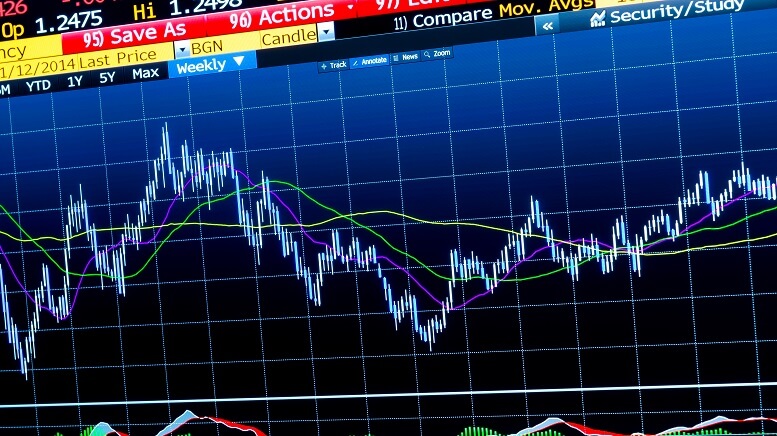Many people think investing primarily involves the stock market, when in reality the bond market is significantly larger. Bonds essentially are loans from government or corporations, and many investors get money through interest over time. The bonds should be considered as part of a fixed-income portfolio that can deliver a regular paycheck.
There is only a small percentage of bond funds in America, but more than 1,000 smart beta exchange-traded funds (ETFs) being traded.
There are more and more investment advisors. At the same time, many investors begin to ask for new ways to manage bonds. Traditional bond ETFs are cap-weighted, which means issue size will be considered when weighing components in bond indexes and the market capitalization will be used in equity benchmarks. Finally, the aggregate bonds are usually heavily allocated to U.S. government debt and the corporate bond ETFs are excessively allocated to the largest issues.
Multi-Factor With Bonds
Multi-factor funds are one of the fastest-growing fields of the smart beta space. A simple definition of multi-factor ETF is that these funds take into account multiple investment factors, such as low volatility, value, and quality on one fund. This methodology can be a good option to bond funds.
Applying quality to bonds can help reduce the risk of default, but that factor on its own could potentially weigh on a bond portfolio’s long-term return and yield. There are pros and cons to highlighting value with bonds, too.
Tilting toward value may make a portfolio of high yielding securities compared to the broad market. But these higher-yielding bonds are always the riskiest. The value portfolio can generate higher yields and returns but not avoid the cost of higher risk. Therefore, this may not a good choice for fixed income investors, because most investors like this want their bond portfolio to be safe and stable.
Factors Work With Bonds
Investment factors, such as quality, value, and momentum, are often applied to stocks, which can also be applied to bonds.
Applying a quality screen to the market may take away those securities with high risk. Then bonds are chosen by using a value tilt. Next, they pick the higher value names when the worst have been removed.
Further Thoughts
There are many factors you need to consider for the composition and performance of multi-factor ETFs. Maybe the most interesting view is that these products feature factors like growth that are not supported by academic study and lack exposure to accepted ones like quality and momentum.
Although portfolio construction and factor selection of these products can be improved and challenged, there is still no easy fix for performance. Over the last few decades, common factors such as momentum and value struggled to generate attractive returns. Although you have a great recipe, it is difficult to make delicious food when the basic ingredients lack favor.
Featured image: DepositPhotos – alexskopje









